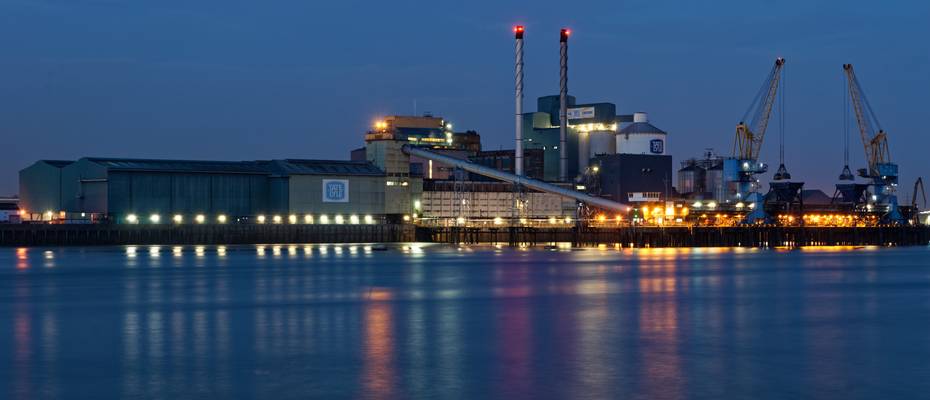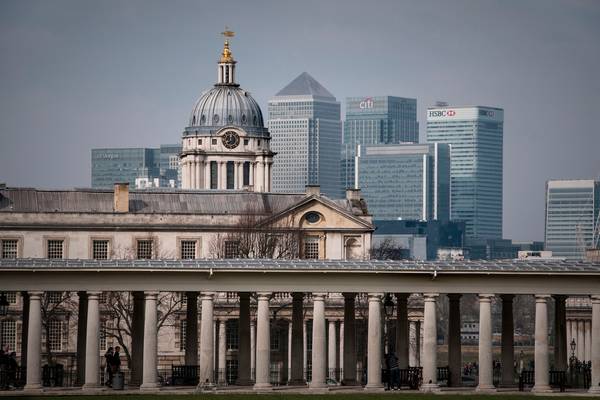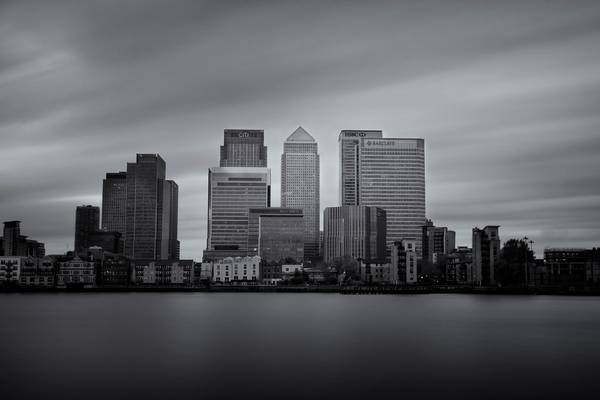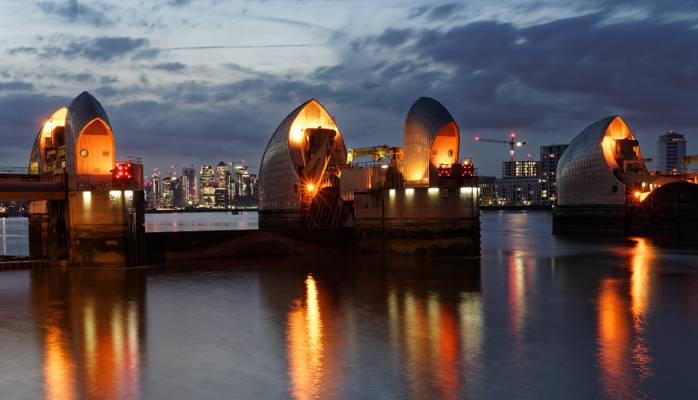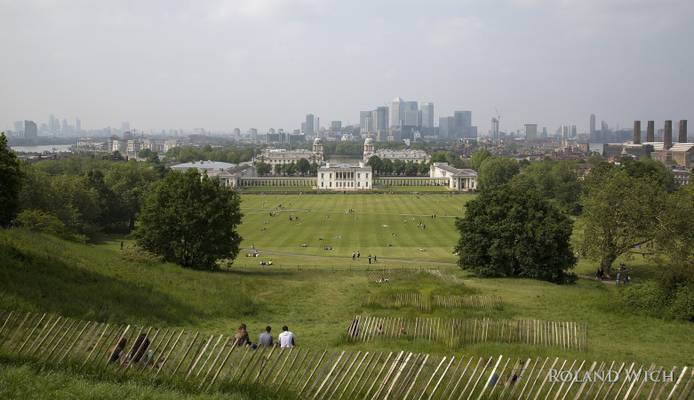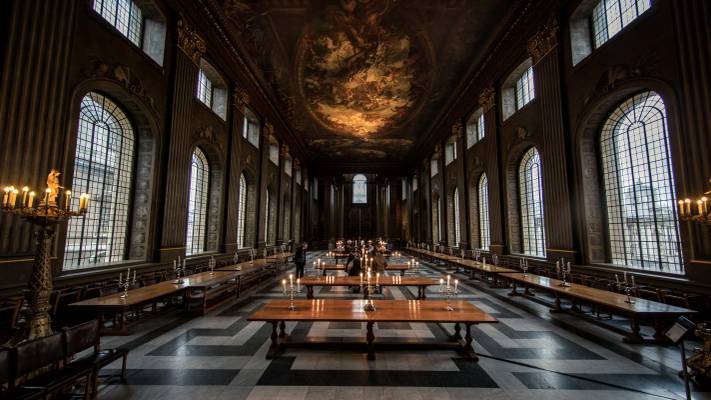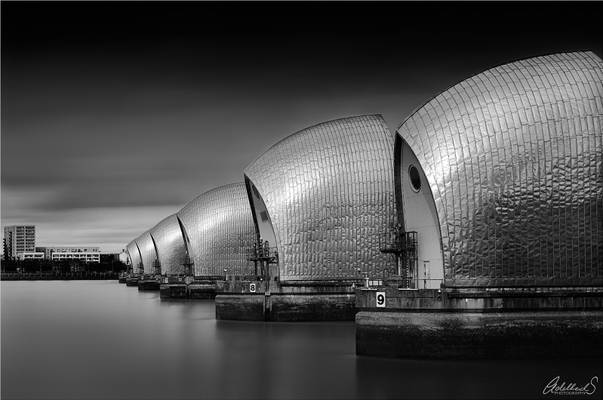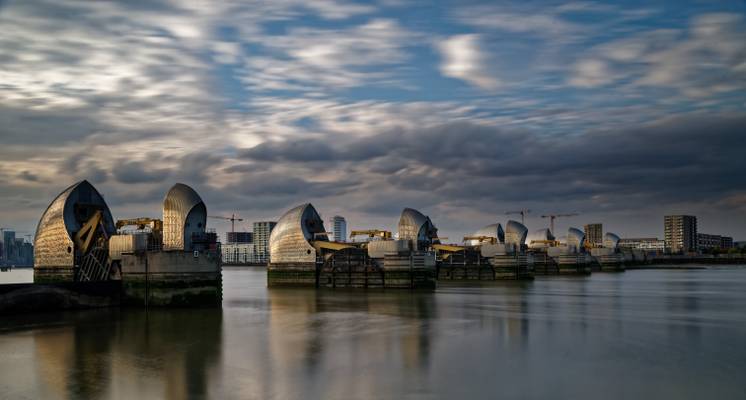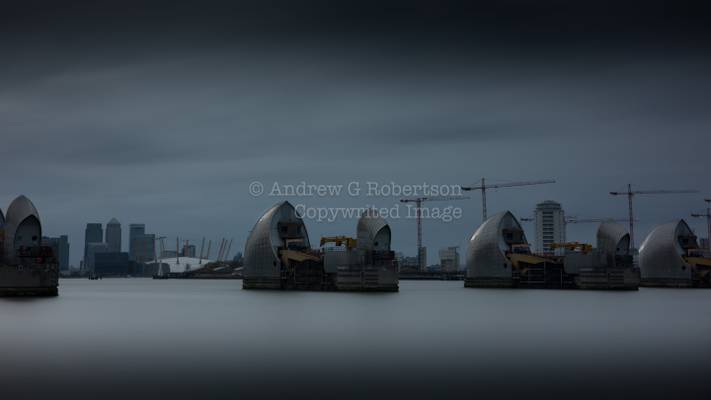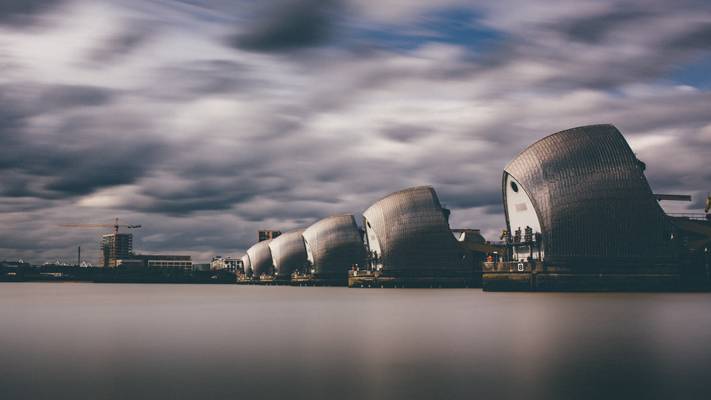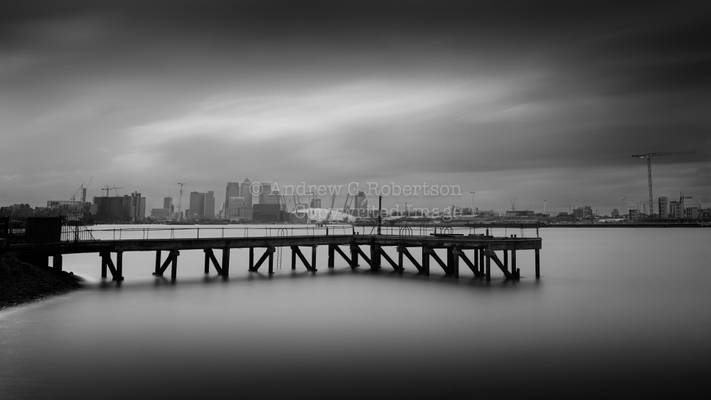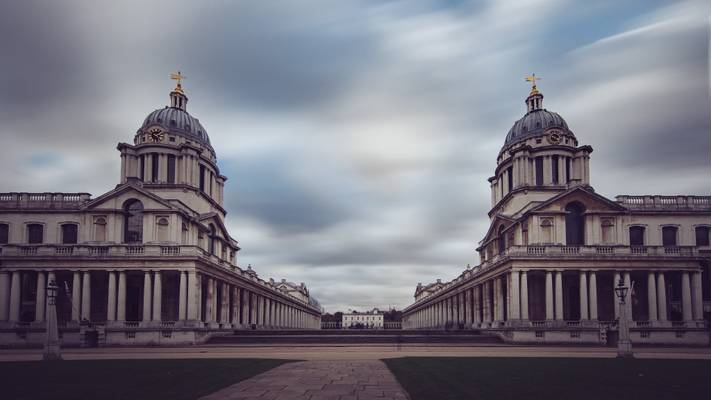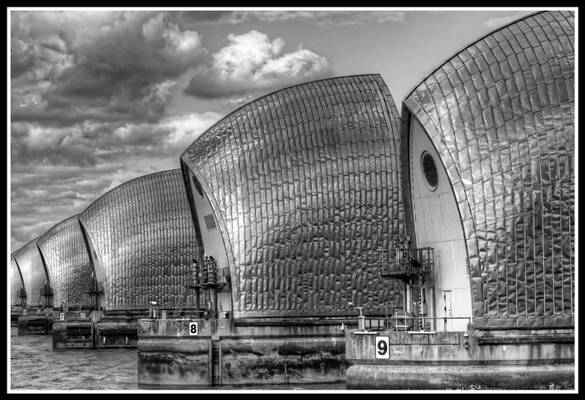
Royal Borough of Greenwich

by jim stephenw
The Thames Barrier spans 520 metres across the River Thames near Woolwich, and it protects 125 square kilometres of central London from flooding caused by tidal surges. It has 10 steel gates that can be raised into position across the River Thames. When raised, the main gates stand as high as a 5-storey building and as wide as the opening of Tower Bridge. Each main gate weighs 3,300 tonnes. The barrier is closed under storm surge conditions to protect London from flooding from the sea. It may also be closed during periods of high flow over Teddington Weir to reduce the risk of river flooding in some areas of west London including Richmond and Twickenham. The Thames Barrier will then remain closed over high water until the water level downstream of the Thames Barrier has reduced to the same level as upstream. This is a managed process to provide for different circumstances, and takes about 5 hours. The Thames Barrier is then opened, allowing the water upstream to flow out to sea with the outward-bound tide.
Information taken from gov.uk website.
HDR image made by tone-mapping 3 exposures at -2EV, 0EV and +2EV.
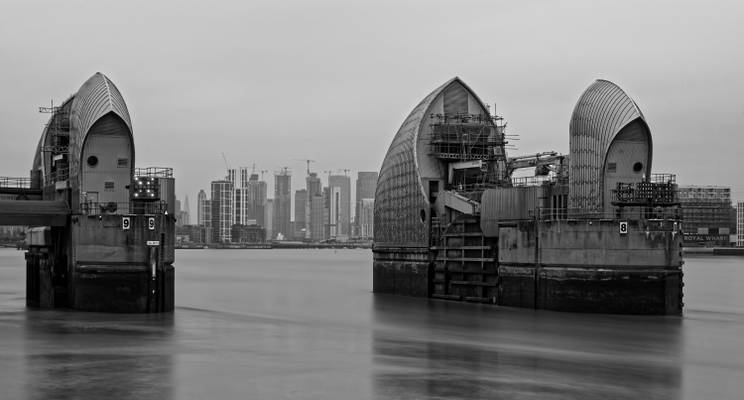
by jim stephenw
The Thames Barrier spans 520 metres across the River Thames near Woolwich, and it protects 125 square kilometres of central London from flooding caused by tidal surges. It has 10 steel gates that can be raised into position across the River Thames. When raised, the main gates stand as high as a 5-storey building and as wide as the opening of Tower Bridge. Each main gate weighs 3,300 tonnes. The barrier is closed under storm surge conditions to protect London from flooding from the sea. It may also be closed during periods of high flow over Teddington Weir to reduce the risk of river flooding in some areas of west London including Richmond and Twickenham. The Thames Barrier will then remain closed over high water until the water level downstream of the Thames Barrier has reduced to the same level as upstream. This is a managed process to provide for different circumstances, and takes about 5 hours. The Thames Barrier is then opened, allowing the water upstream to flow out to sea with the outward-bound tide.
Information taken from gov.uk website.
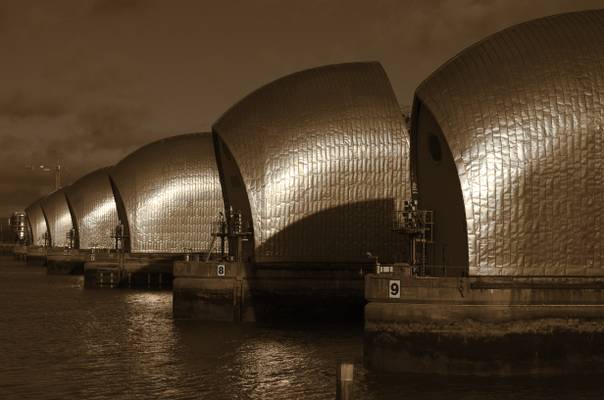
by Rob Oo
Thames Barrier, London, UK.
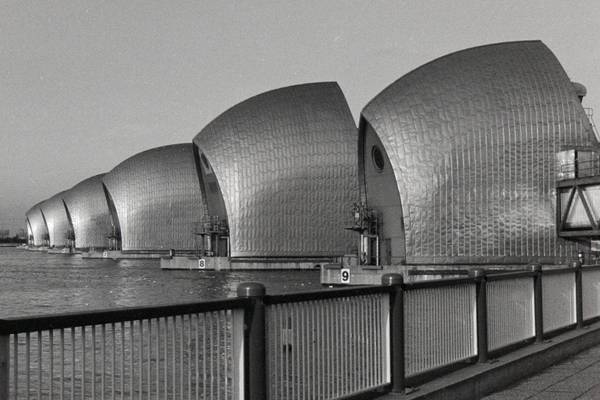
by Rob Oo
London, UK. 1993. From B/W negative.
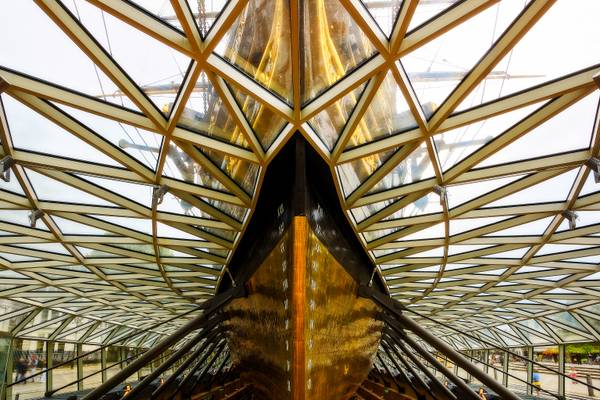
by Michael Kight
About 50-years ago, I built a model of a sailing ship called the Cutty Sark. At the time, I tried to find out as much as I could about this ship, but this was a time before worldwide access to the “everything” as we have now… I learned some, one of those things being that it was one of the fastest wind-driven ships ever built. However, I had no idea the ship still existed.
In our recent trip to England, my wife Joyce and I pored over the "worldwide everything" to make decisions as to what we might like to see. One of my contributions was to visit the Royal Observatory in Greenwich. While studying on that, I found out that the Cutty Sark not only still existed, but it was also a museum dedicated to the Age of Tea Clippers that sent England all over the globe... and it was within walking distance of the observatory.
Tea is not merely a commodity in the United Kingdom, it’s a tradition… and the Cutty Sark had a hold large enough to import an incredible amount of tradition! On her first round trip voyage, she sailed from London in February of 1870 with a cargo of wine, spirits, and beer bound for Shanghai. She returned to London nearly eight months later in October, carrying 1,305,812 pounds of tea from Shanghai… like I said, a lot of tradition.
At the time it was built, the Cutty Sark was the fastest clipper on the seas, with a top speed of a little over 20 mph. In the days of masted ships, that was moving! As it was with any sailing ship, however, speed is dependent on both wind and the constant ability of the ship’s complement of sailors to tack the ship efficiently by adjusting the sails to the conditions… over her years of service, Cutty Sark averaged a little over 15 mph, which is still remarkable, especially when you consider that this ship plied over a million miles of ocean over its lifetime. While Cutty Sark more than paid for itself in what it carried from port to port, it was surpassed by the same issues we know of today… new technology. At nearly the same time it first came into service, steam power was being applied to ships. Ships with steam engines were no longer at the mercy of wind and current, and even early models were faster than the Cutty Sark.
I fully expected to find the Cutty Sark in the water off the Greenwich Pier, so I was quite surprised to see it displayed in this way. As you can see, it’s open at the top, braced to handle the ravages of gravity on a structure that was intended to float in the water, and with a fascinating assembly that seals in everything from the keel down… it’s almost like you’re peering up at the ship from under water. If that wasn’t the intent, they missed a major point! What was most odd to me was to think of the ocean depths that passed under this keel… yet, a few minutes after this shot, we each enjoyed a cup of tea while sitting under the rudder that steered it to those depths.
One thing I never figured out in the days before the internet and that was just what “Cutty Sark” means. It comes from Scottish poet Robert Burns’ narrative poem, Tam o’ Shanter. In the poem, farmer Tam goes on drunken tirades, and like many a person who goes on drunken tirades, he sees things such as witches dancing. Upon seeing a particularly immodest witch, he shouts, “Weel done, cutty-sark!” So, now you know. What’s that you say… you still don’t know? Me neither. I can tell you, however, that “Weel” is the same as ‘well’, and that “cutty-sark” means ‘short-shirt’. In other words, the witch was dancing topless. I suppose it could have referred to the ship before it unfurled its sails... your guess is as good as mine at this point. The figurehead for this ship is the witch in the aforementioned condition... I didn't point the camera that high to keep things in perspective. Needless to say, she probably holds the world's record for the breaststroke.
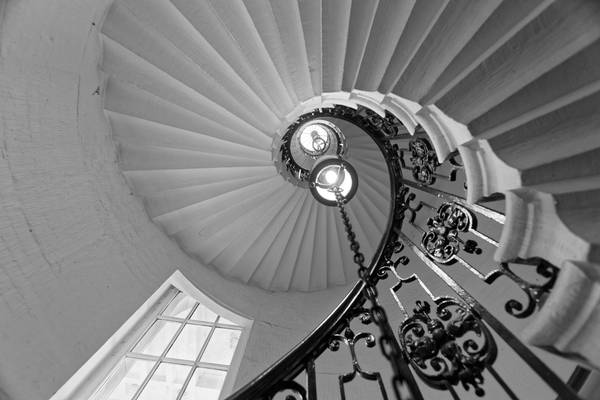
by jim stephenw
The Old Royal Naval College is the architectural centrepiece of Maritime Greenwich, a World Heritage Site in Greenwich, London. The buildings were originally constructed to serve as the Royal Hospital for Seamen at Greenwich, now generally known as Greenwich Hospital, which was designed by Christopher Wren, and built between 1696 and 1712. The hospital closed in 1869. Between 1873 and 1998 it was the Royal Naval College, Greenwich.
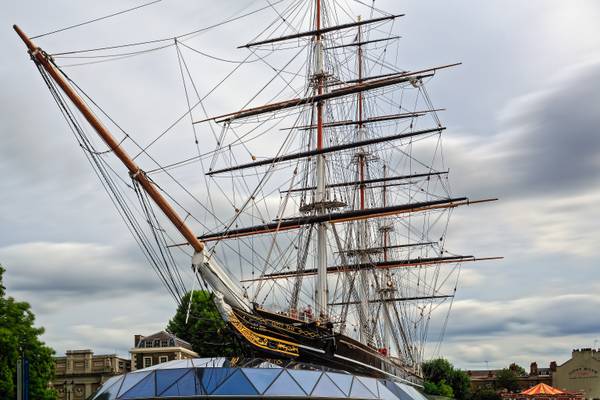
by Michael Kight
I’m going back through images I’ve yet to post from our England trip last year. I posted an image of this ship from the keel before, but not from this perspective… the cloudy English weather really makes all the mast rigging stand out. This day really stands out to me as Joyce and I trekked over 8-miles to catch quite a few sights that ended here in Greenwich… 8-miles of concrete and pavement, running up and down stairs to catch the tube from point to point, then taking a long leisurely ride from here along the Thames on a London water bus back to the tubes. It was a tiring day carrying gear… but it was fun.
Here’s what I wrote of the ship from the previous post: About 50-years ago, I built a model of a sailing ship called the Cutty Sark. At the time, I tried to find out as much as I could about this ship, but this was a time before worldwide access to the “everything” as we have now… I learned some, one of those things being that it was one of the fastest wind-driven ships ever built. However, I had no idea the ship still existed.
In our recent trip to England, my wife Joyce and I pored over the "worldwide everything" to make decisions as to what we might like to see. One of my contributions was to visit the Royal Observatory in Greenwich. While studying on that, I found out that the Cutty Sark not only still existed, but it was also a museum dedicated to the Age of Tea Clippers that sent England all over the globe... and it was within walking distance of the observatory.
Tea is not merely a commodity in the United Kingdom, it’s a tradition… and the Cutty Sark had a hold large enough to import an incredible amount of tradition! On her first round-trip voyage, she sailed from London in February of 1870 with a cargo of wine, spirits, and beer bound for Shanghai. She returned to London nearly eight months later in October, carrying 1,305,812 pounds of tea from Shanghai… like I said, a lot of tradition.
At the time it was built, the Cutty Sark was the fastest clipper on the seas, with a top speed of a little over 20 mph. In the days of masted ships, that was moving! As it was with any sailing ship, however, speed is dependent on both wind and the constant ability of the ship’s complement of sailors to tack the ship efficiently by adjusting the sails to the conditions… over her years of service, Cutty Sark averaged a little over 15 mph, which is still remarkable, especially when you consider that this ship plied over a million miles of ocean over its lifetime. While Cutty Sark more than paid for itself in what it carried from port to port, it was surpassed by the same issues we know of today… new technology. At nearly the same time it first came into service, steam power was being applied to ships. Ships with steam engines were no longer at the mercy of wind and current, and even early models were faster than the Cutty Sark.
I fully expected to find the Cutty Sark in the water off the Greenwich Pier, so I was quite surprised to see it displayed in this way. As you can see, it’s open at the top, braced to handle the ravages of gravity on a structure that was intended to float in the water, and with a fascinating assembly that seals in everything from the keel down… it’s almost like you’re peering up at the ship from underwater. If that wasn’t the intent, they missed a major point! What was most odd to me was to think of the ocean depths that passed under this keel… yet, a few minutes after this shot, we each enjoyed a cup of tea while sitting under the rudder that steered it to those depths.
One thing I never figured out in the days before the internet and that was just what “Cutty Sark” means. It comes from Scottish poet Robert Burns’ narrative poem, Tam o’ Shanter. In the poem, farmer Tam goes on drunken tirades, and like many a person who goes on drunken tirades, he sees things such as witches dancing. Upon seeing a particularly immodest witch, he shouts, “Weel done, cutty-sark!” So, now you know. What’s that you say… you still don’t know? Me neither. I can tell you, however, that “Weel” is the same as ‘well’, and that “cutty-sark” means ‘short-shirt’. In other words, the witch was dancing topless. I suppose it could have referred to the ship before it unfurled its sails... your guess is as good as mine at this point. The figurehead for this ship is the witch in the aforementioned condition... I didn't point the camera that high to keep things in perspective. Needless to say, she probably holds the world's record for the breaststroke.

Opened in 1984 the Thames Barrier prevents most of Greater London from being flooded by exceptionally high tides and storm surges moving up from the...
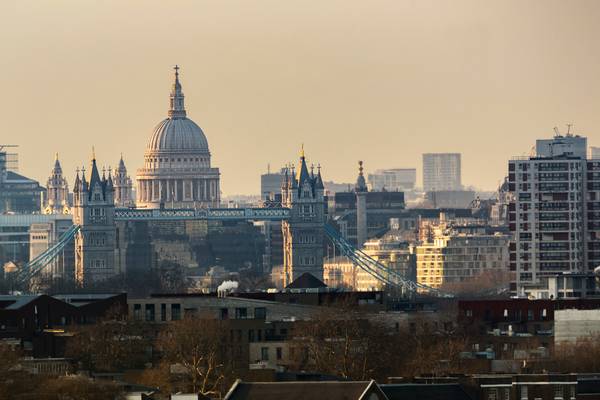
I jhimages.co.uk I Facebook I Twitter I Instagram
Tower Bridge and St Paul's from out in Greenwich Park taken with a huge lens at 600mm ...
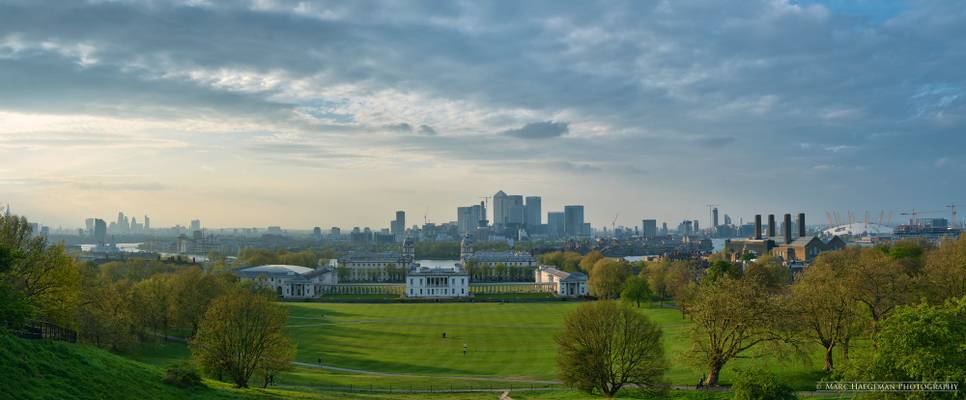
London panorama seen from the Greenwich Royal Observatory.
Photo © 2015 Marc Haegeman. All Rights Reserved. *please do not use without permission ...
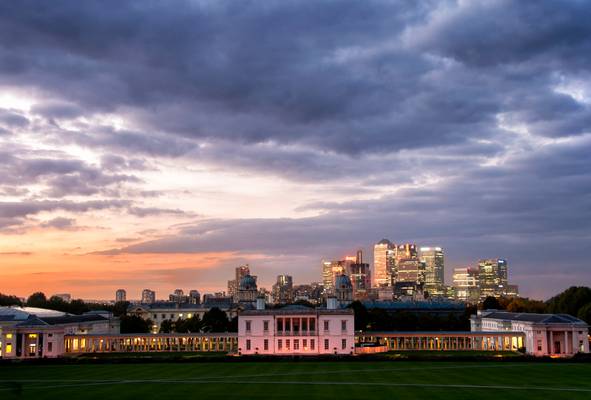
I jhimages.co.uk I Twitter I
This was from the hill in Greenwich park by the Observatory. This is also where GMT time is and at night they shine a...
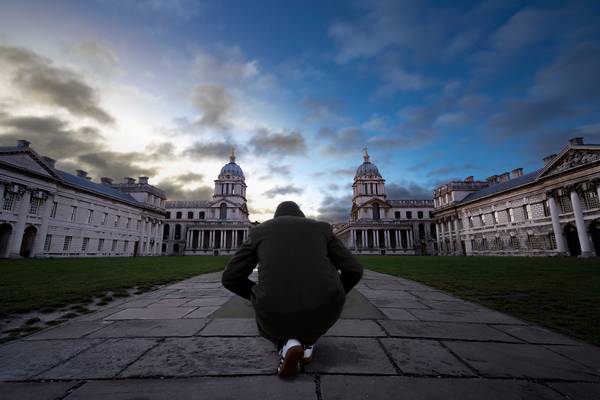
I jhimages.co.uk I Facebook I Twitter I Instagram
An early morning sunrise at the Royal Navel College when the sky was turning from blue to white. ...
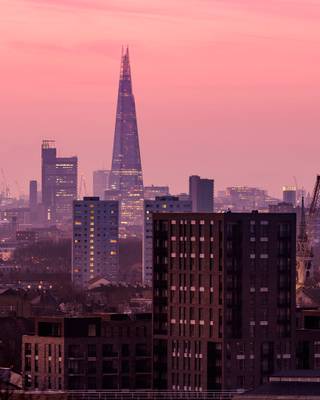
I jhimages.co.uk I Facebook I Twitter I Instagram
The view towards the Shad with the city looking pink from the...
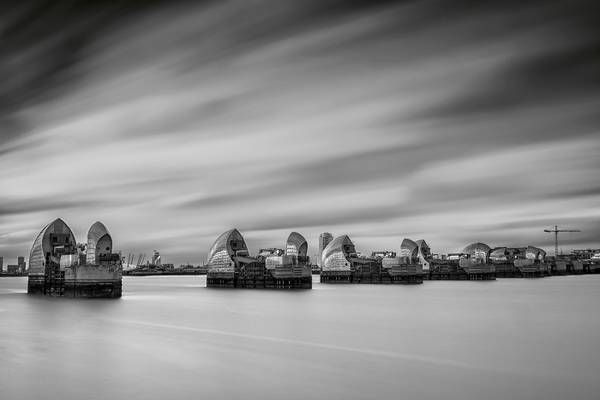
by Pete Rowbottom
Thames Barrier, Greenwich, City Of London. A very rainy, windy, stormy day providing a dramatic setting around the City tidal defences. 108 seconds @ f/16
Thanks for over 1 Million views on my stream.
You can view my most interesting shots on Flickriver here: www.flickriver.com/photos/pete37038/popular-interesting/.
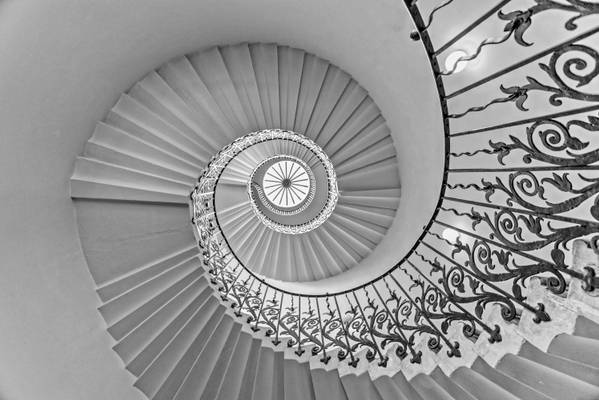
by jim stephenw
The famous architect Inigo Jones was commissioned to design the building in 1616 by King James I’s wife, Anne of Denmark – supposedly a gift from the king to apologise for swearing in front of her after she had accidentally killed one of his favourite dogs during a hunt. Anne of Denmark never lived to see Inigo Jones’s progressive Classical design realised, dying in 1619 with only the first floor completed. It was not until 1629, when James’s son Charles I gave Greenwich to his wife Henrietta Maria, that work on it resumed. The Queen’s House was completed around 1636 and is considered remarkable for its break with the traditional, red-brick Tudor style of building, and for its elegant proportions and the high quality of its interiors. It was the first fully Classical building in England. The Queen’s House is famous today for its extraordinary art collection including works by Great Masters such as Gainsborough, Reynolds, Turner and Hogarth. The Tulip Stairs are one of the original features of the Queen’s House. This ornate, wrought iron structure was the first geometric self-supporting spiral stair in Britain.
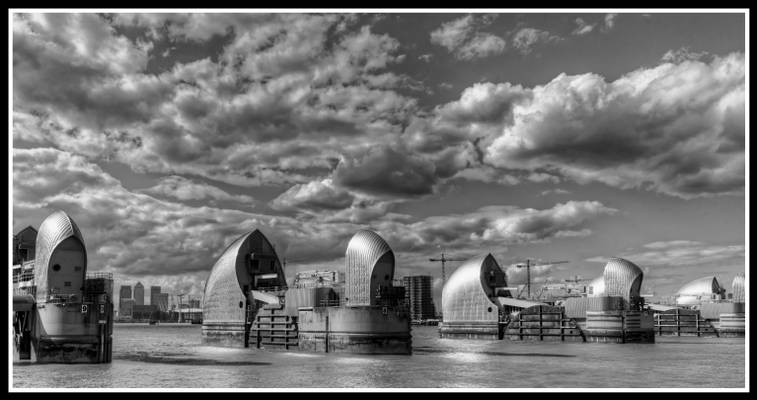
by jim stephenw
The Thames Barrier spans 520 metres across the River Thames near Woolwich, and it protects 125 square kilometres of central London from flooding caused by tidal surges. It has 10 steel gates that can be raised into position across the River Thames. When raised, the main gates stand as high as a 5-storey building and as wide as the opening of Tower Bridge. Each main gate weighs 3,300 tonnes. The barrier is closed under storm surge conditions to protect London from flooding from the sea. It may also be closed during periods of high flow over Teddington Weir to reduce the risk of river flooding in some areas of west London including Richmond and Twickenham. The Thames Barrier will then remain closed over high water until the water level downstream of the Thames Barrier has reduced to the same level as upstream. This is a managed process to provide for different circumstances, and takes about 5 hours. The Thames Barrier is then opened, allowing the water upstream to flow out to sea with the outward-bound tide.
Information taken from gov.uk website.
HDR image made by tone-mapping 3 exposures at -2EV, 0EV and +2EV.
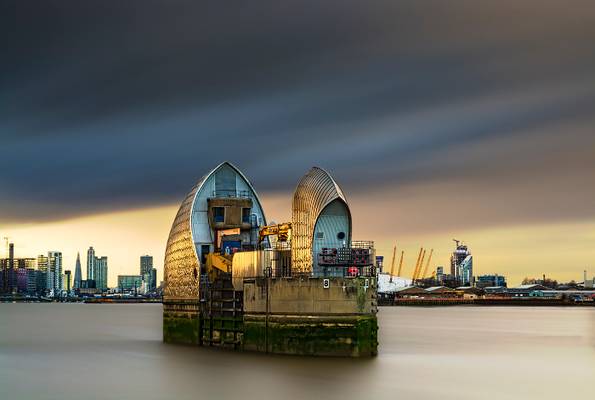
by Pete Rowbottom
Another shot from the Thames Barrier in Greenwich, with sunset rapidly approaching there was a good amount of golden soft light to play with, the lower light allowing a decent long exposure time, just showing of a lone section of the river defence, these to me are a very interesting and unusual architectural design, almost space age, and set against some recognisable shapes in the City make for some unusual images when coupled with a long exposure.
138 seconds @ f/16
Thanks for 1 Million views on my stream.
You can view my most interesting shots on Flickriver here: www.flickriver.com/photos/pete37038/popular-interesting/.
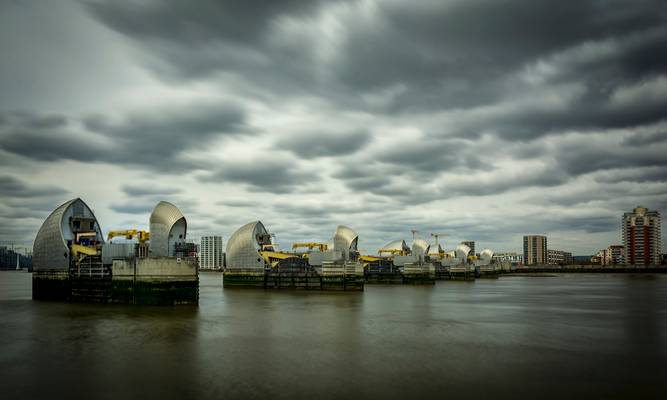
by Clive Griffiths
The classic view of the Thames Barrier from Woolwich on the south bank of the Thames, with a bit of LE thrown in.
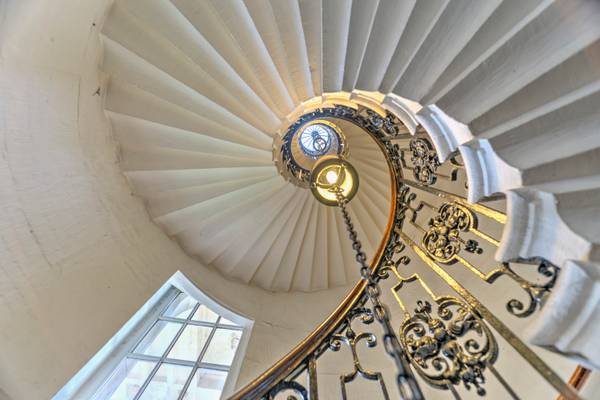
by jim stephenw
The Old Royal Naval College is the architectural centrepiece of Maritime Greenwich, a World Heritage Site in Greenwich, London. The buildings were originally constructed to serve as the Royal Hospital for Seamen at Greenwich, now generally known as Greenwich Hospital, which was designed by Christopher Wren, and built between 1696 and 1712. The hospital closed in 1869. Between 1873 and 1998 it was the Royal Naval College, Greenwich.
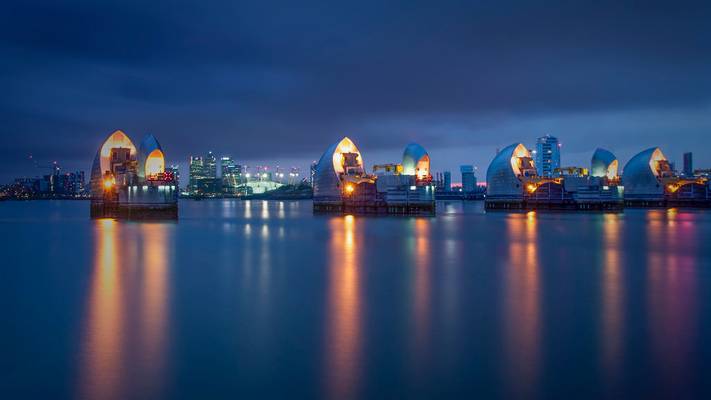
I jhimages.co.uk I Twitter I
This is the Thames Barrier in London which acts as a first defence from...
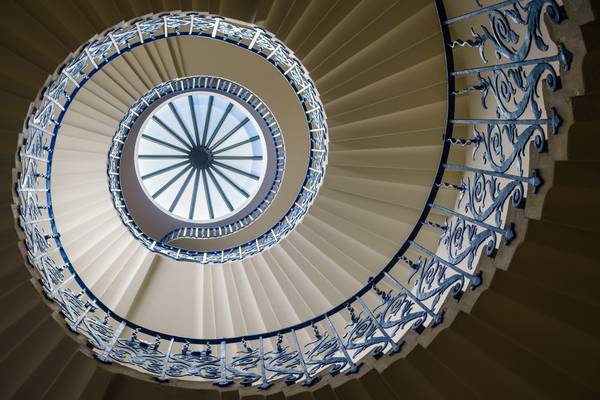
From a visit to London about 10 days ago or so, my girlfriend and I had been to see a gig at The o2 & spent the next day exploring Greenwich. I've...
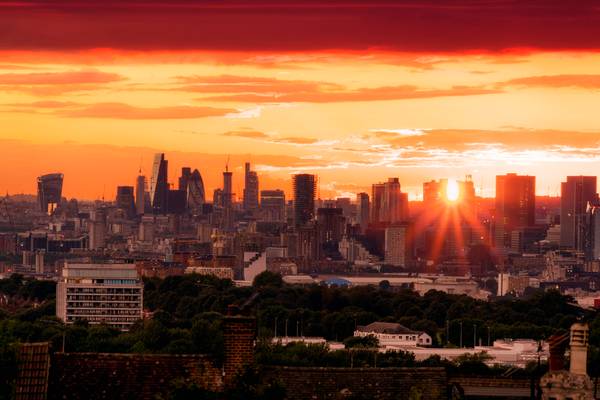
I jhimages.co.uk I Facebook I Twitter I Instagram I
The sun popping behind the skyscrapers in Canary Wharf with the city to the left.
...
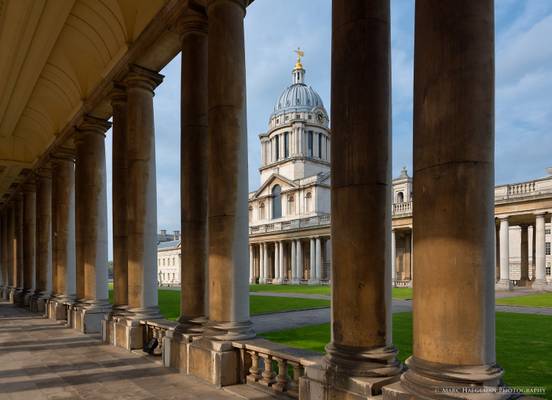
Greenwich - former Royal Naval College.
Photo © 2015 Marc Haegeman. All Rights Reserved. *please do not use without permission
Website: Marc...
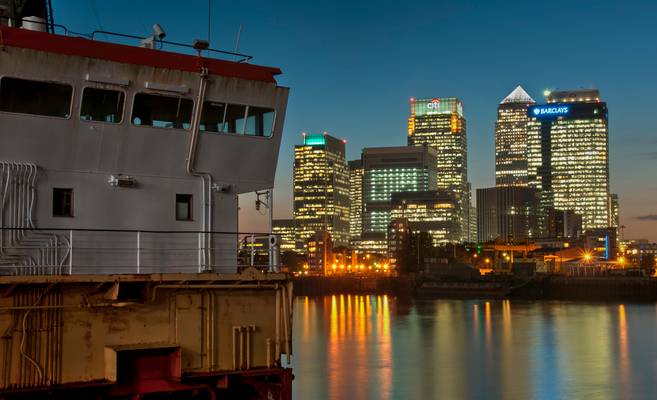
I jhimages.co.uk I Twitter I
If you like this picture please feel free to look at my London Set for others from london or my HDR set for all of my...
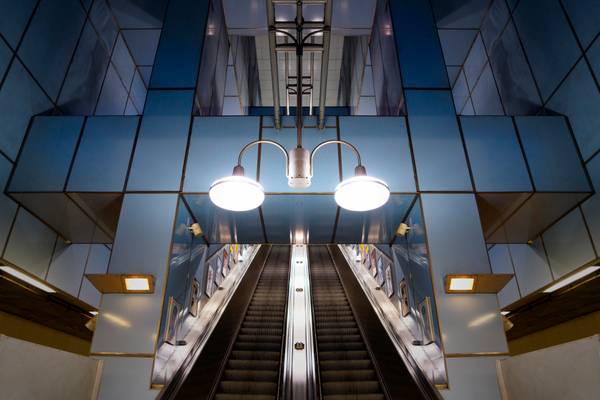
I jhimages.co.uk I Twitter I
This is a station on the Docklands Light Railway in London. Its design is very interesting and looks a little like a...
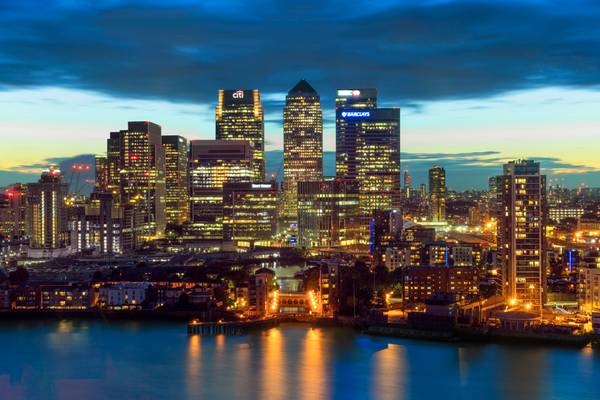
I jhimages.co.uk I Facebook I Twitter I Instagram I
The view of Canary Wharf from the Intercontinental Hotel by the 02. ...
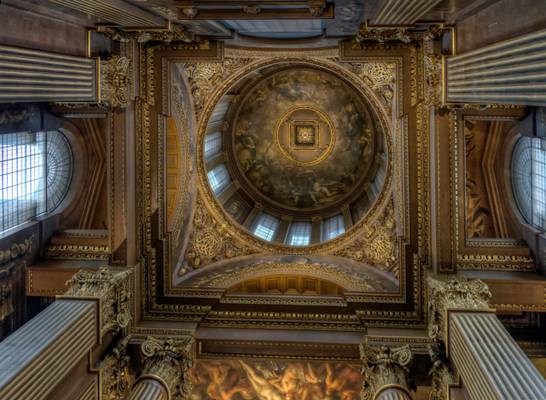
by jim stephenw
The Old Royal Naval College is the architectural centrepiece of Maritime Greenwich, a World Heritage Site in Greenwich, London. The buildings were originally constructed to serve as the Royal Hospital for Seamen at Greenwich, now generally known as Greenwich Hospital, which was designed by Christopher Wren, and built between 1696 and 1712. The hospital closed in 1869. Between 1873 and 1998 it was the Royal Naval College, Greenwich. The Painted Hall is one of the most spectacular and important baroque interiors in Europe. Its ceiling and wall decorations were conceived and executed by the British artist Sir James Thornhill between 1707 and 1726. The Painted Hall itself was originally intended as a grand dining room for the Naval pensioners, but it soon became a ceremonial space open to paying visitors and reserved for special functions. The Painted Hall reopened today (Saturday 23 March 2019) after a two year National Lottery Funded conservation project, which has brought its magnificent painted interior vividly back to life.

by Graham Morris
First up, thanks to Andy for organising! Day started at 3am, Wirral to Salford Quays, half the lights out at the Quays, great start.... Pick Emma up, head to Manchester Pic for the train down with Eddie and Andy. Put names to faces in London and then I'm completely out of my comfort zone, if I indeed have one! Hopefully I'll have 1 or 2 half decent photos from the trip, if not it was a very pleasant day!
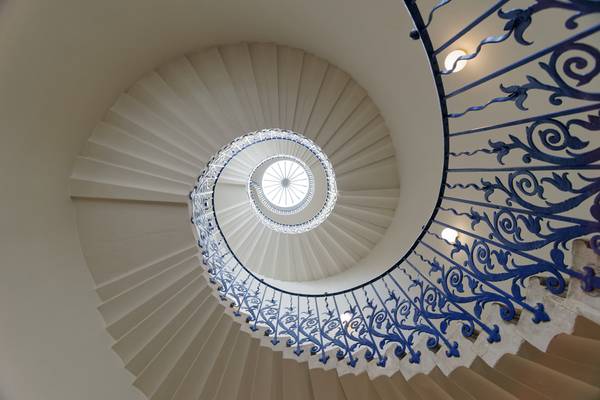
by jim stephenw
The famous architect Inigo Jones was commissioned to design the building in 1616 by King James I’s wife, Anne of Denmark – supposedly a gift from the king to apologise for swearing in front of her after she had accidentally killed one of his favourite dogs during a hunt. Anne of Denmark never lived to see Inigo Jones’s progressive Classical design realised, dying in 1619 with only the first floor completed. It was not until 1629, when James’s son Charles I gave Greenwich to his wife Henrietta Maria, that work on it resumed. The Queen’s House was completed around 1636 and is considered remarkable for its break with the traditional, red-brick Tudor style of building, and for its elegant proportions and the high quality of its interiors. It was the first fully Classical building in England. The Queen’s House is famous today for its extraordinary art collection including works by Great Masters such as Gainsborough, Reynolds, Turner and Hogarth. The sweeping Tulip Stairs are one of the original features of the Queen’s House. This ornate, wrought iron structure was the first geometric self-supporting spiral stair in Britain.

by 🇩🇪 Herbert A. Franke 🇩🇪
500px.com
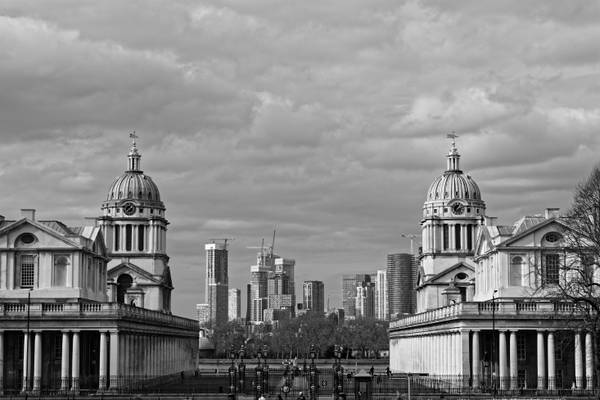
by jim stephenw
The Old Royal Naval College is the architectural centrepiece of Maritime Greenwich, a World Heritage Site in Greenwich, London. The buildings were originally constructed to serve as the Royal Hospital for Seamen at Greenwich, now generally known as Greenwich Hospital, which was designed by Christopher Wren, and built between 1696 and 1712. The hospital closed in 1869. Between 1873 and 1998 it was the Royal Naval College, Greenwich.
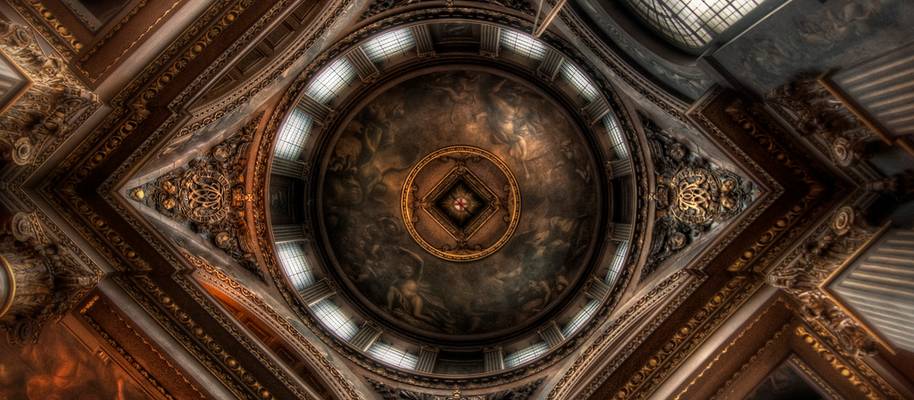
I jhimages.co.uk I Twitter I
This was taken on my trip to the Greenwich Maritime Museum in London. It is the ceiling but the entrance to the...
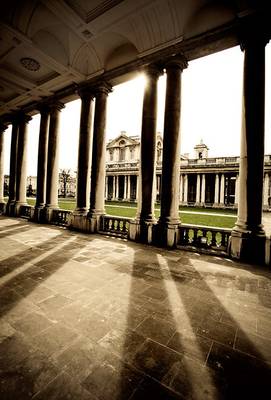
Architecture from the glory days of England at Greenwich Point, London.
John & Tina Reid | Commercial Portfolio | Photography Blog | Travel...
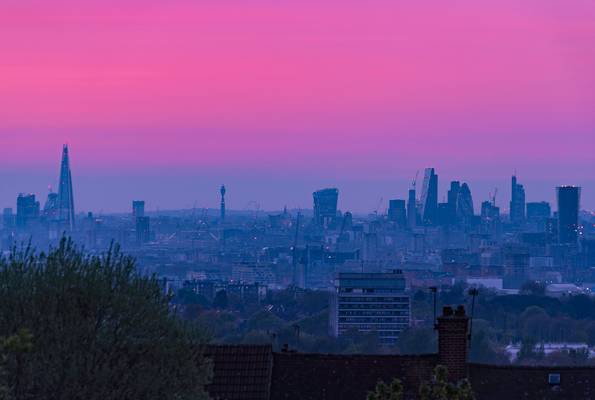
I jhimages.co.uk I Facebook I Twitter I Instagram I
This is the view from a wonderful street in Shooters Hill in London. It was a really hazy day...
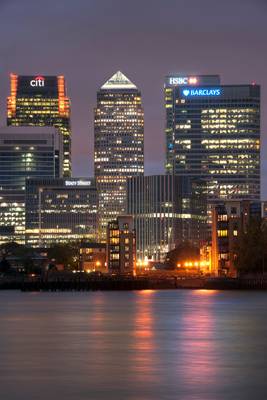
I jhimages.co.uk I Twitter I
A view of Canary Wharf from across the river at the O2.
I waited for the colour of the sky to turn pink after the...
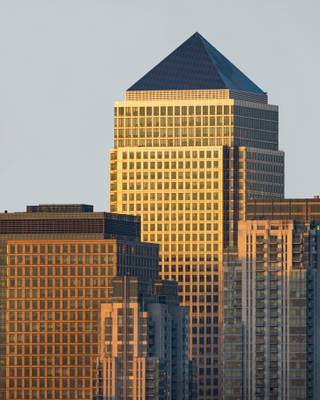
I jhimages.co.uk I Facebook I Twitter I Instagram
Canary Wharf looking like a canyon with golden light from the sun hitting the top of Once Canada...
Thanks to all Phoide contributors to Royal Borough of Greenwich!
Most notably jim stephenw, Pete Rowbottom and Michael Kight.
